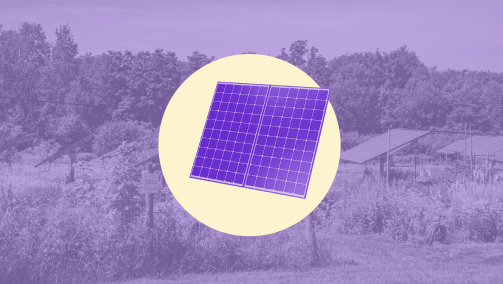
Cook electric
Want a stove that’s both better and healthier?
Read more about Cook electric
Portable induction cooktops (sometimes called induction hot plates) don’t burn fossil fuels or release toxic pollutants into your home or the environment. Instead, they use electricity and magnets to help you cook faster, more safely, and much more efficiently.
Why do it?
Gas stoves emit pollutants that harm your health and cause climate change. Induction stoves do not.
WHO IS THIS FOR?
Anyone who is not able to get a multi-burner induction range or a conventional electric stove.
WHEN TO UPGRADE?
Today!
Read more about electric cooking
HEALTH BENEFITS
Eliminate a health risk comparable to second-hand smoke by not cooking on your gas stove anymore.
A GREAT COOKTOP
The Duxtop 9600LS is the top pick across many leading review sites.
COST
$60-$150
DIFFICULTY
Very easy: Just buy it, plug it into a normal outlet, and begin cooking.
FEATURES
Faster cooking, easy clean up, and less wasted heat = cooler (and tidier) kitchen.
EFFICIENCY
Induction is more efficient than gas or traditional electric stoves.
Buying an induction cooktop is one of the easiest and most affordable steps you can take on your electrification journey.
Federal
Create a personalized plan to see more incentives
To view a personalized list of federal, state, utility, and local incentives, you need to create an electrification plan
Start an electrification planAlready have an account? Log in

Maybe not! But a portable induction cooktop can reduce your gas use significantly, which will in turn reduce your exposure to indoor air pollution. You can also use other small electric appliances like an Instant Pot, air fryer, or toaster oven to reduce your gas cooking without replacing your stove. If you do still have to use your gas stove sometimes, remember to turn on your fan or hood vent and open a window, if the weather permits.
Here’s a handy guide to talking to your landlord about all sorts of major electrification projects, including upgrading to an induction stove. First, tell your landlord that gas stoves are dangerous and bad for the health of their tenants (that’s you!). You can also mention that the federal government recently created new incentives and tax credits that cover some of the costs of induction stoves.

Cook electric
Want a stove that’s both better and healthier?
Read more about Cook electric
Drive electric
Want a car or truck that’s better, faster, and cleaner? Buy or lease an EV today!
Read more about Drive electric
How to talk to your landlord about electrification
Electrification upsides, IRA benefits, and a sample email
Read more about How to talk to your landlord about electrification
Save money and get clean energy with community solar
Community solar, explained
Read more about Save money and get clean energy with community solarRewiring America is focused on making American households the center of a clean, resilient energy future. Learn more about our tax-exempt status.
Subscribe to receive Rewiring America's latest updates
Give feedback